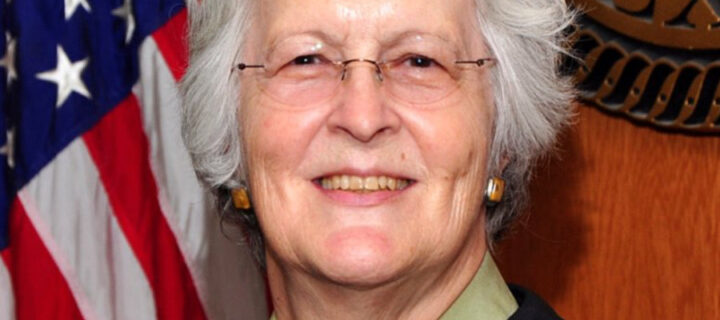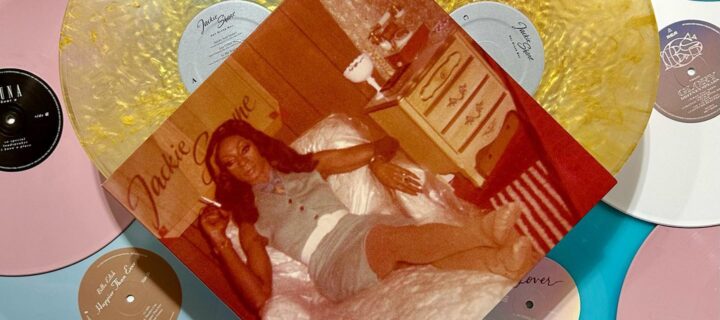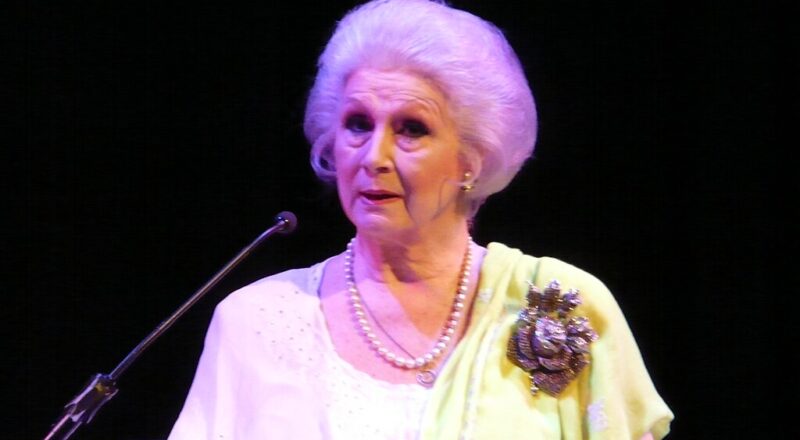
April Ashley – The Life of a Transgender Model in the 60s
Imagine a world where being your true self is met with shock and scandal. In the glitzy realm of 1960s fashion, among the twinkling lights and elegant couture, stood April Ashley—a stunning model with a secret. Her journey wasn’t just about striking poses; it was about breaking barriers as a transgender woman in a time when understanding was rare.
If you’re a transgender woman wanting to pursue a career in the fashion industry, keep reading to know how she paved the way for your generation.
On this page
Childhood Days
April Ashley was born as George Jamieson on April 29, 1935, in the bustling port city of Liverpool, England. Growing up in the vibrant streets of the city, young she often felt out of place, struggling with an identity that didn’t align with societal norms.
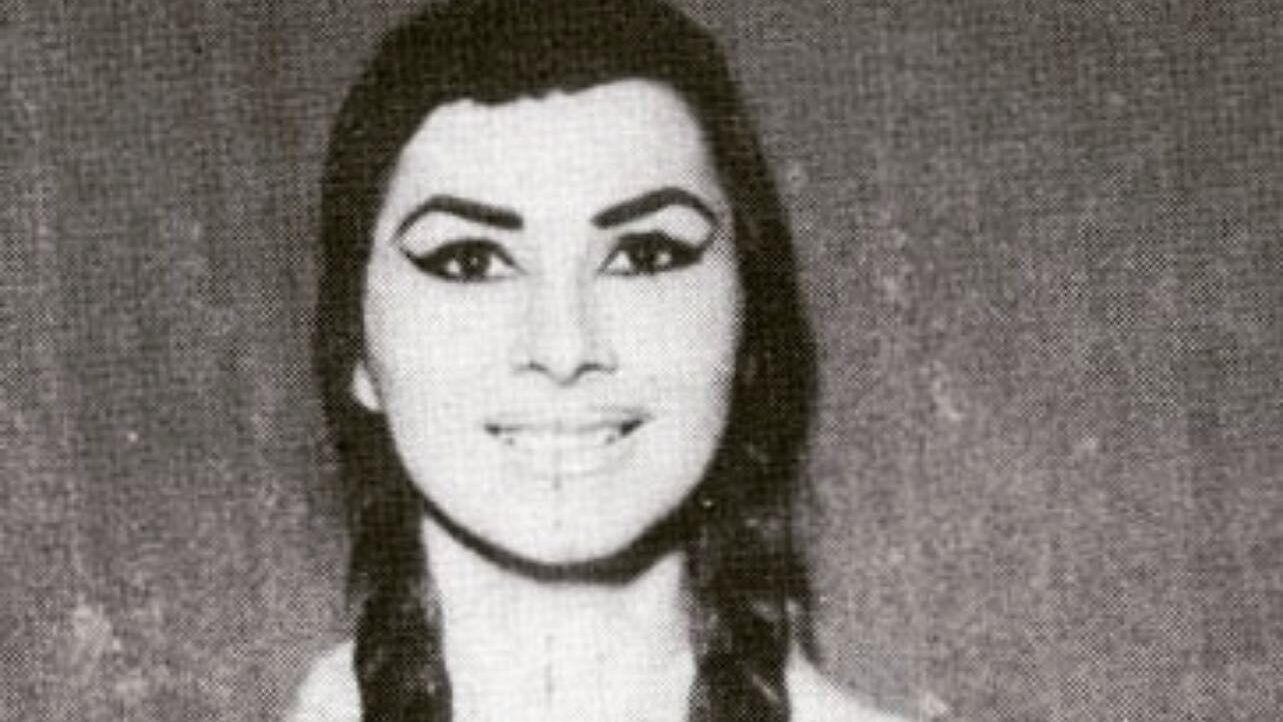
The lively neighborhoods of Liverpool echoed with tales of seafarers, and maybe it was here that Ashley first dreamt of a journey—a journey of transformation.
Her parents were working-class Catholics and she had five siblings. She described herself to be an emaciated and very shy kid—often feeling like a total freak.
Her Calcium Deficiency
Growing up in Liverpool, Ashley faced health challenges including a calcium deficiency, which led to regular calcium shots at Alder Hey Children’s Hospital. Additionally, she dealt with bed-wetting issues. Because of this, she was provided her own separate room at just two years old when the family relocated to a new home.
Career Beginnings
April yearned to break free from her solitary and impoverished existence. Growing up, she’d observed many family members, including her father, embark on maritime adventures. Hoping to suppress her inner feelings and perhaps embrace what was deemed masculine, she decided to follow their maritime path, seeing it as a way to prove her “manhood”.
Sailor Life and Mental Health
She received training on the SS Vindicatrix and by 1952, she voyaged on the SS Pacific Fortune to America. Documents from that era describe April as a “Deck Boy” with brown hair, brown eyes, and a fair complexion.
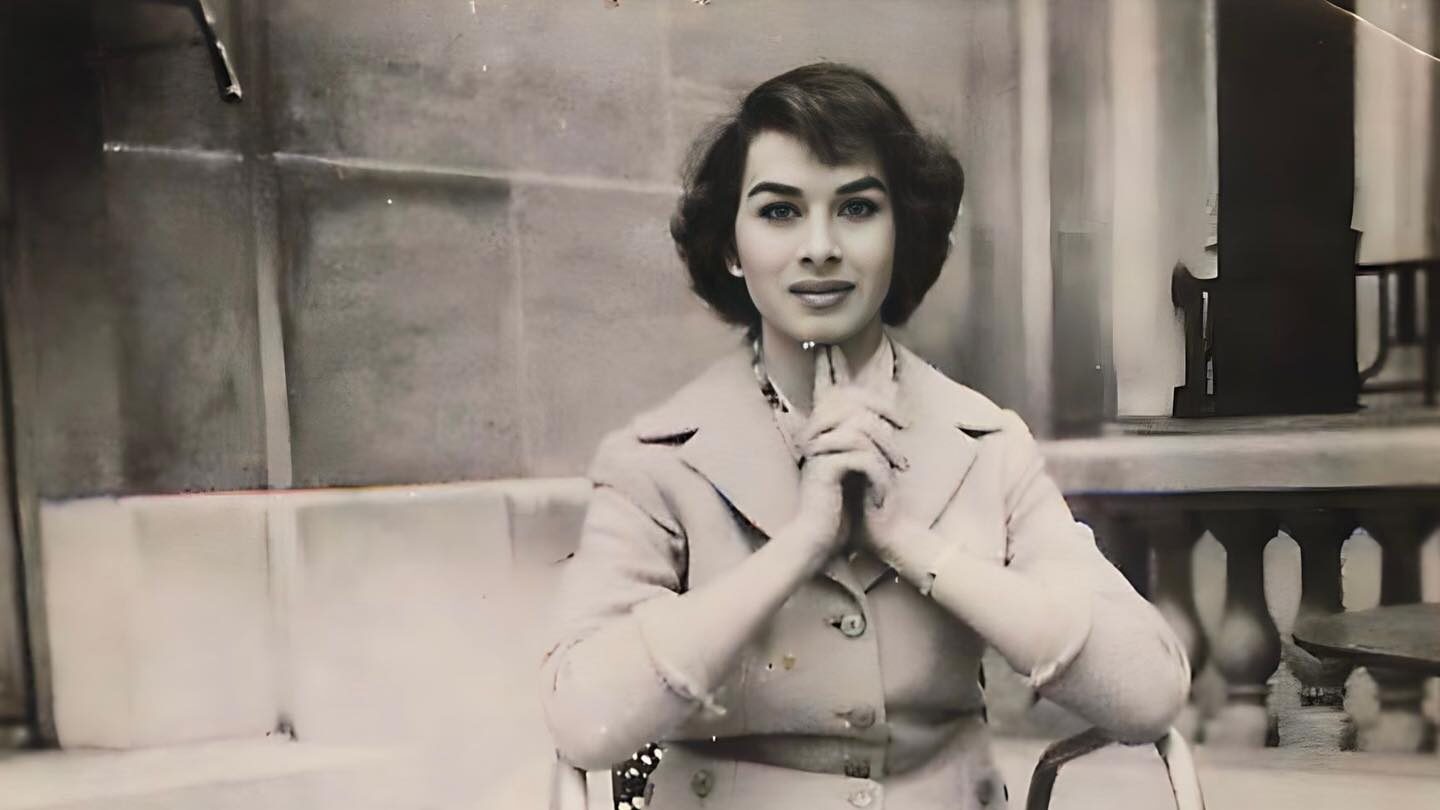
However, this period was marked by intense emotional turmoil for her. Alongside her ongoing struggle with her gender identity, she observed perplexing changes in her body—like the growth of breasts, while missing out on the deeper voices and facial hair her peers experienced.
Later in life, she pondered if she might have been intersex. While this term could sometimes be a shield for those who didn’t fit societal norms, it’s important to note that intersex awareness and terminology were virtually absent in the 1950s.
Because of her struggles, she attempted suicide. When the company found out, she was discharged dishonorably. On her second attempt, she was sent to the Ormiskirk District General Hospital psychiatric unit at the tender age of 17.
London and New Beginnings
Her journey in London began with a job at Lyons tea house on Piccadilly, a popular spot for the LGBTQ+ community back then. This experience provided her a window into London’s vibrant queer scene. Interestingly, during her early days in the city, she resided in a boarding house alongside John Prescott, who would later become the deputy prime minister of the UK.
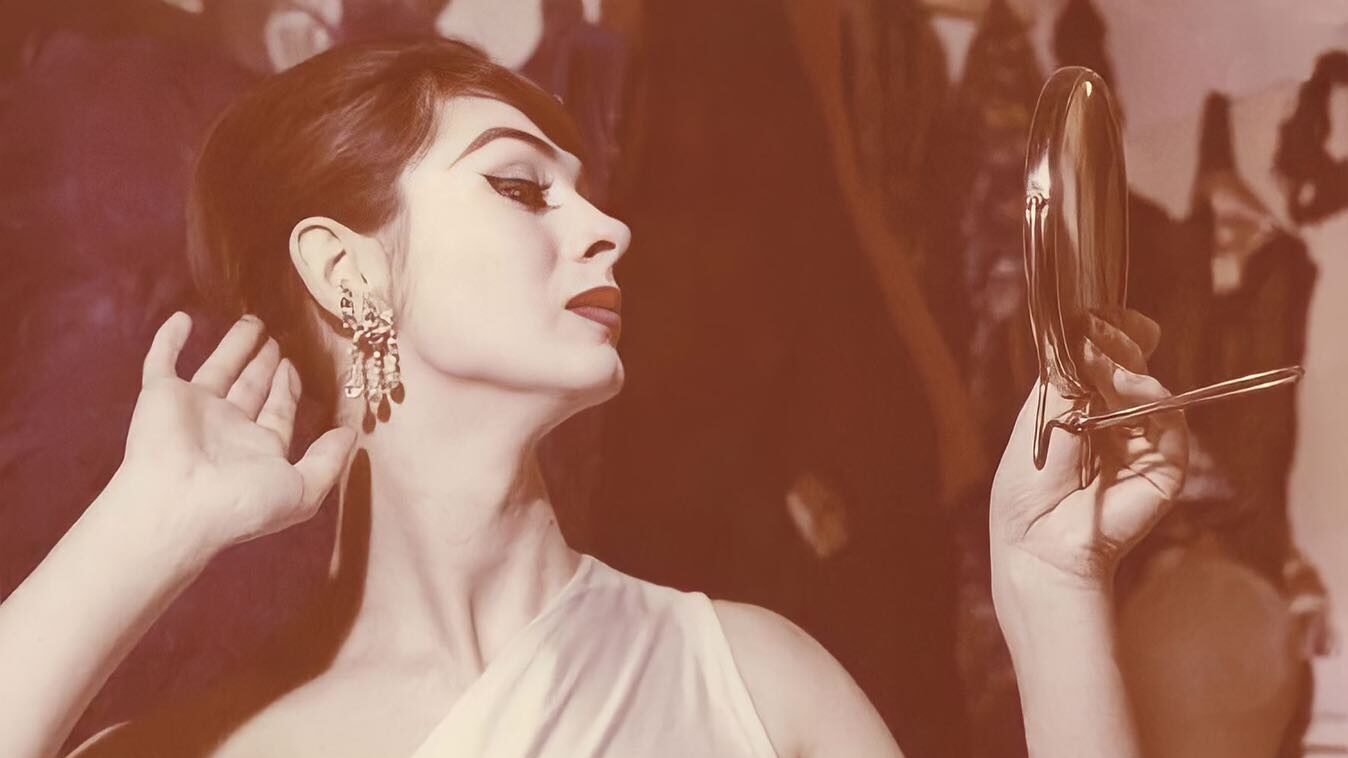
Embracing her authentic self, April began wearing women’s attire and took on the name Toni Ashley, a moniker that held a gender-neutral resonance. Without the watchful eyes of her family, she felt free to express her true identity. Her explorations led her to Le Carrousel, a famous drag cabaret in Paris.
This venue, which showcased top-tier drag talents of that era, welcomed her with open arms. As she put it,
I had unwittingly stumbled upon a new haven.
Her performances were so well-received that she soon found herself touring glamorous spots, including Juan-les-Pins on the Côte d’Azur, during Le Carrousel’s summer stint.
Gender Reassignment Surgery
In 1952, the widely-covered medical transition of American actress Christine Jorgensen caught April’s attention. Such transitions, being relatively new, often made headlines. Influenced by Coccinelle, a colleague at Le Carrousel who had undergone gender confirmation surgery, she decided to pursue the procedure herself.
She traveled to Casablanca to be operated on by the trailblazing French gynaecologist, Dr. Georges Burou. Though the surgery was novel and fraught with risks, her determination was fueled by what she termed the “courage of desperation.”
She was the ninth individual to undergo this transformative procedure under Dr. Burou.
The Model, The Icon, April Ashley
In 1961, inspired by the month she was born, she formally bid goodbye to her birth name and embraced the moniker ‘April Ashley’.
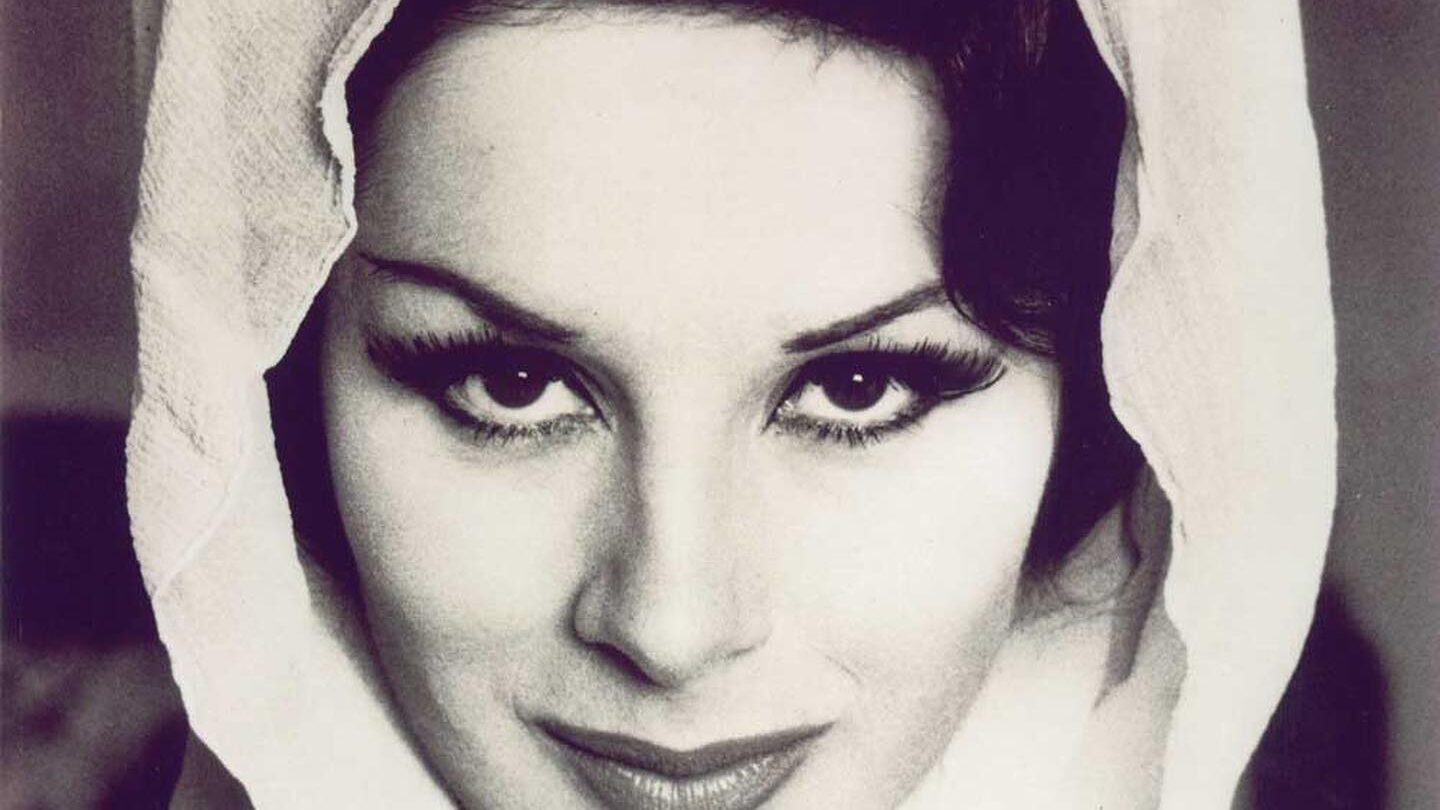
During this era, the process for trans and intersex individuals to amend their gender on official documents was somewhat flexible. Interestingly, certain authorities could be unexpectedly supportive.
Name Change
Policies varied, with some departments exhibiting more latitude than others. For instance, in the 1950s, the Ministry of National Insurance preferred maintaining a ‘compassionate stance’, even if it risked public criticism, asserting the belief that everyone should have the freedom “to pursue a job and lead a life aligned with their chosen gender.”
Modifying birth certificates was trickier, requiring medical evidence. The General Register Office was more inclined to amend documents if they believed an error occurred during initial registration rather than based on evolving or declared gender identity.
Upon adopting her new name, she updated her passport and secured a women’s National Insurance card. However, as she remarked, “There was no changing my birth certificate,” which continued to label her as ‘male’.
Modeling World
Reenergized by her name change, surgical transformation, and stints as a performer, April re-entered London during its vibrant Swinging Sixties phase. Almost immediately, she found herself sought-after in the modeling world, rubbing shoulders with the elite.
Notably, renowned photographer David Bailey captured her elegance for British Vogue. April’s talent even led her to the silver screen, with a role in the 1962 movie “The Road to Hong Kong“. While her close circle was privy to her gender history, the larger populace remained oblivious. As her star rose, so did her apprehension about her truth potentially being exposed.
Exposing Her Past
On November 19, 1961, The Sunday People newspaper published a story titled ‘“Her” Secret is Out’, which divulged details about April Ashley’s birth gender and her subsequent gender confirmation surgery.
The leak came from someone familiar to her. Instantly, her world shifted. Her film credit was rescinded, and modeling opportunities disappeared. In a bold countermove, she chose to narrate her own story by serializing it in The News of the World, a rival tabloid, aiming to regain control over her personal journey.
Her Legacy and More
Over the years, April Ashley’s personal life became as storied as her public one. She entered the bond of matrimony several times, with each relationship adding layers to her rich tapestry of experiences.
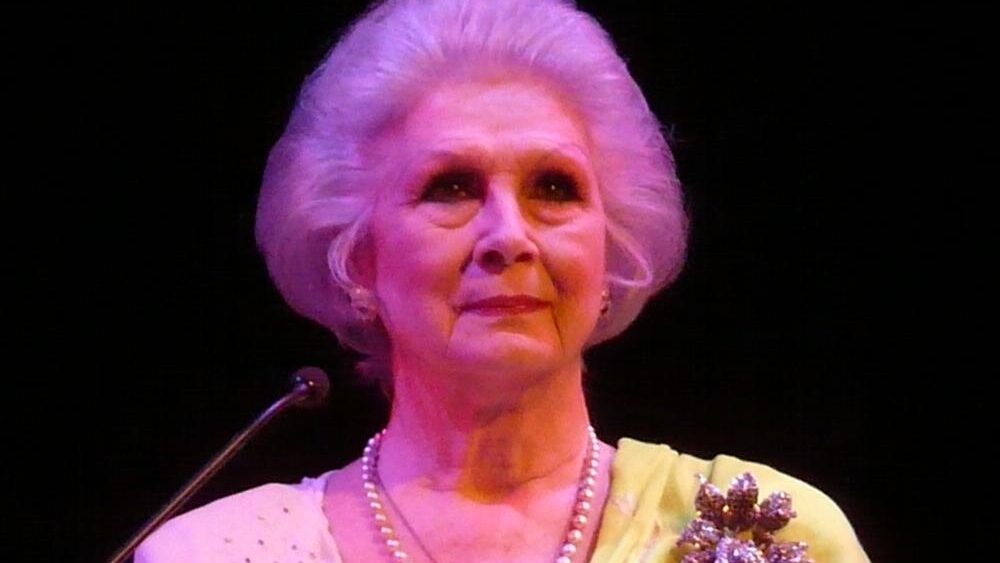
Notably, her marriage to Arthur Corbett became a legal landmark in the UK. When the marriage dissolved, it led to a court case that unfortunately ruled she was legally male, underlining the societal and legal challenges faced by transgender individuals during the era.
Yet, despite these hurdles, her legacy is one of resilience, courage, and transformation. She stands as a beacon for the transgender community, showcasing that authenticity can shine even in the face of adversity.
Her journey—from the bustling streets of Liverpool to the glittering runways of fashion capitals and the legal battles of British courts—serves as proof of her resilient spirit.
Did you enjoy reading about her life story? Share it on your timeline to inspire others or to simply spread awareness.
